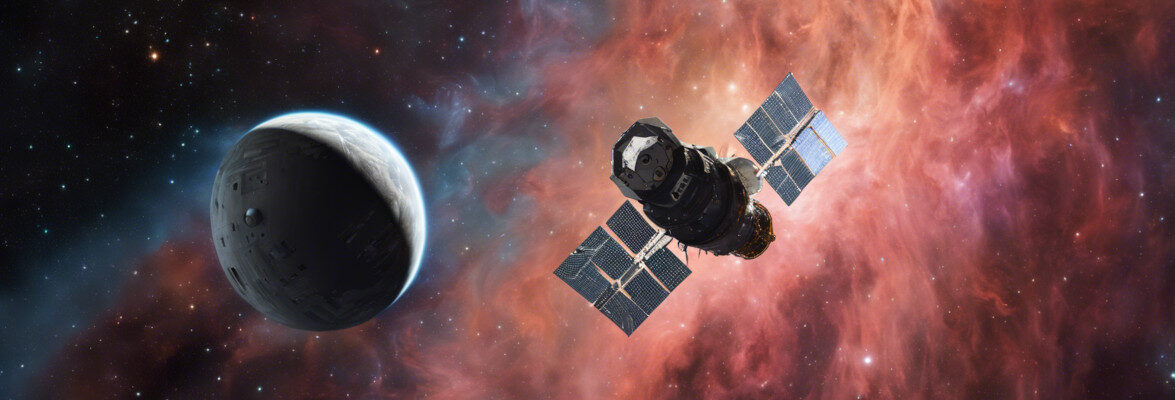
An article published in the journal “The Astrophysical Journal” reports the discovery of the presence of salts and in particular of the ordinary table salt, in the protoplanetary disk surrounding the young star Orion Source I. A team of astronomers used the ALMA radio telescope to detect the “chemical signatures” that indicate the presence of a number of molecules including two salts. In particular, sodium chloride seems to make up a considerable part of the disk given that the estimated mass is around one sextillion kilograms, more or less equivalent to the water of the Earth’s oceans.
About 1,400 light years away from Earth, Orion Source I is one of the stars born in the Orion Molecular Cloud I, one of the clouds that make up the Orion Nebula Complex considered cosmic nurseries for their high star formation rate. It’s also called simply Orion SrcI but it’s also called Orion KL Source I because it was discovered inside the Kleinmann-Low Nebula, near the central part of the Orion Nebula.
The ALMA (Atacama Large Millimeter/submillimeter Array) radio telescope, inaugurated in March 2013, was already used to study Orion Source I and capture what was called its birth cry, described in an article published in the journal “Nature Astronomy” in June 2017. It used to be part of a multiple system along with other newborn stars whose story was reconstructed in an article published in the journal “The Astrophysical Journal Letters” in March 2017.
In this new research, the ALMA radio telescope detected a number of signatures of the same molecules, in jargon called spectral signatures or transitions, studying the protoplanetary disk surrounding the star Orion Source I. 60 transitions were detected of molecules such as sodium chloride (NaCl), the common table salt, but also of potassium chloride (KCl) at distances from Orion Source I ranging from 30 to 60 times that of the Earth from the Sun. From those detections the researchers obtained the amazing estimate of the amount of sodium chloride present, which perhaps originally was part of dust grains that collided releasing the salt and spreading it inside the disk.
Adam Ginsburg of the National Radio Astronomy Observatory (NRAO), the the new article’s lead author, pointed out that so far such compounds were discovered only in the outer layers ejected by dying stars so the significance of this discovery around a newborn star isn’t clear. The detection indicates that the environment around the star is very unusual and this makes this research really interesting.
The goal of Adam Ginsburg’s team is now to look for salts but also molecules containing metals in other regions to understand whether Orion Source I is a unique case or the chemical signatures of these salts can be a powerful tool to study a wide range of protoplanetary disks.
The tuning of the ALMA radio telescope now allows to limit the observations to the disk area only, whereas in the past it was difficult to distinguish the radio signals coming from protoplanetary disks and their outflows. This means that today it’s possible to obtain precise measurements of their contents and consequently to estimate their mass. ALMA is truly an extraordinary instrument but Adam Ginsburg looks to the future: the Next Generation VLA, which is scheduled to start its operations at the end of the next decade, will offer even better possibilities. In essence, in the coming decades astronomers will be able to study star systems in formation and just formed even better than today to understand all the processes under way, including those that can lead to the emergence of life forms.



Permalink